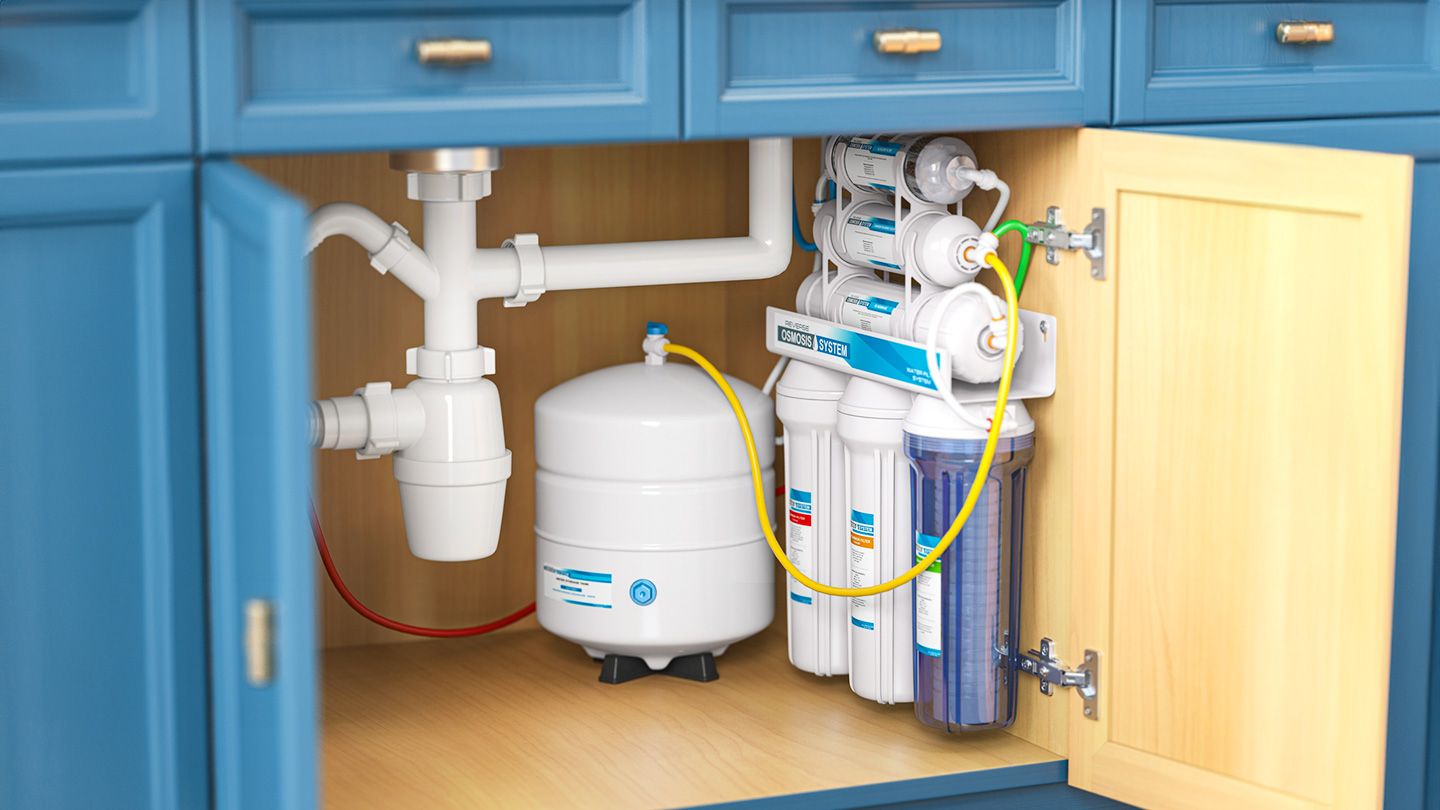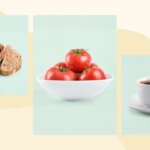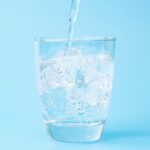PFAS are present in some foods, but they can also get into our meals and snacks from certain types of food packaging and via PFAS-laden cookware.
PFAS in Food
The most concerning source of these chemicals is seafood caught from PFAS-contaminated waters, Dr. Woolf says. In fact, fish may be the food with the highest risk of PFAS contamination. In one survey by the Food and Drug Administration (FDA) that looked at 81 types of seafood, PFAS were detected in three-quarters of the samples.
The FDA is conducting tests of the general food supply to get a better idea of its exposure risk from PFAS, but there’s no good data available on that just yet.
PFAS in Food Packaging
PFAS are often used in packaging for fast or processed foods, and they’re also found in microwave popcorn bags.
To lower your exposure, try air-popped popcorn instead of reaching for microwaveable packets, and opt for more fresh foods over those that come in takeout containers or wrapped in greaseproof paper.
Indeed, one study found that eating more food prepared at home was linked to lower overall levels of PFAS in the blood.
When it comes to the containers you store your food in, Dr. Cohen says to consider swapping plastic for glass or stainless steel. “The stronger the materials we carry and heat food in, the less likely the chemicals from those materials will get into our bodies,” she says.
PFAS in Cookware
Most nonstick pots and pans (such as Teflon products) are made with one or more PFAS, Woolf says, which is why you may want to opt instead for nontoxic cookware made from cast iron, stainless steel, glass, or enamel.
You may see some nonstick cookware labeled as “free from PFOA,” or perfluorooctanoic acid, a type of PFAS that has been phased out, but these products may still contain other types of PFAS.
If purchasing new cookware isn’t within your budget at the moment, there are ways to lower the risk of PFAS contamination from nonstick cookware, including:
- Cook on medium and low temperatures because high heat increases the risk of PFAS transferring to food or the air.
- Use wooden or other nonscratch cooking utensils to avoid damaging the nonstick coating because this can release PFAS.
Read the full article here




